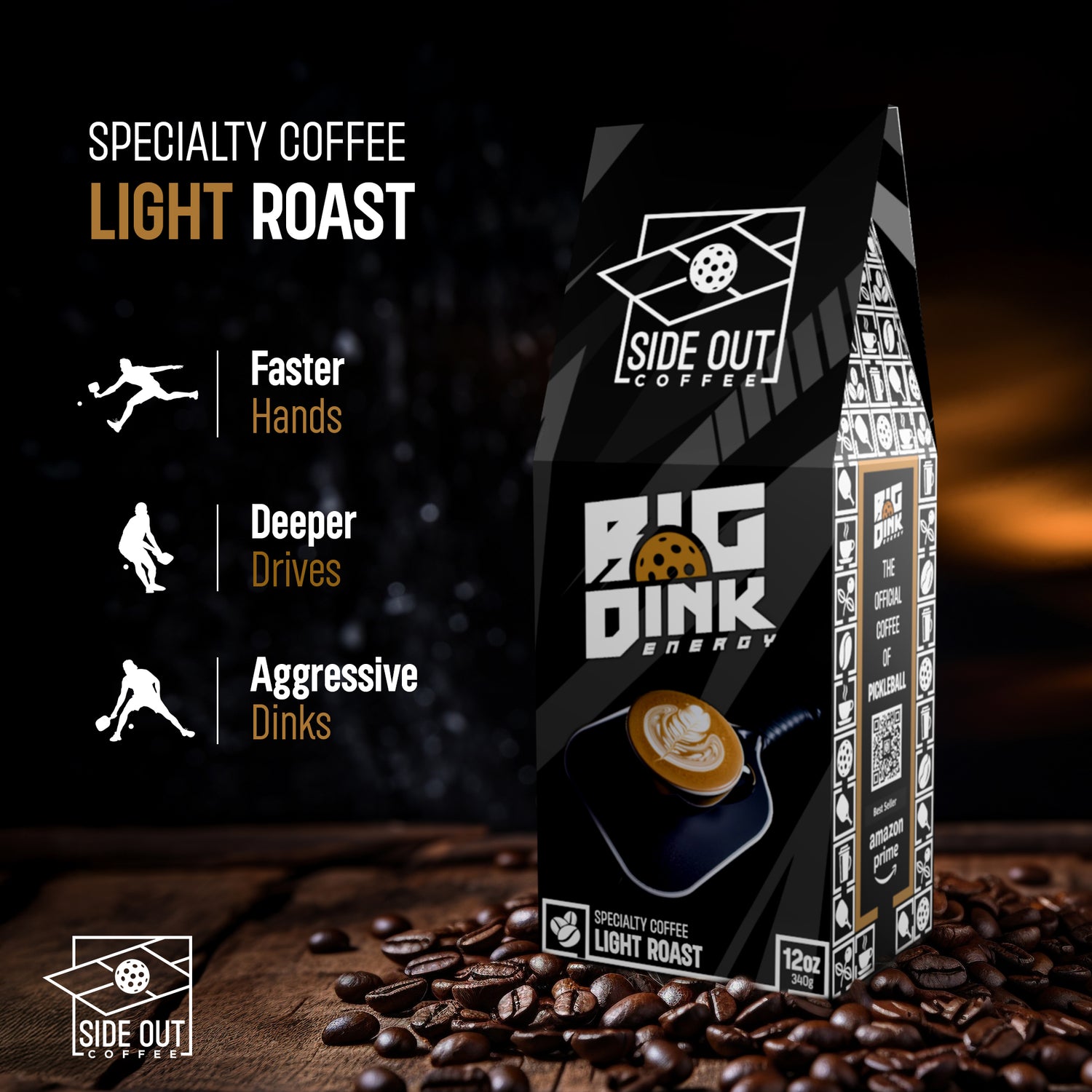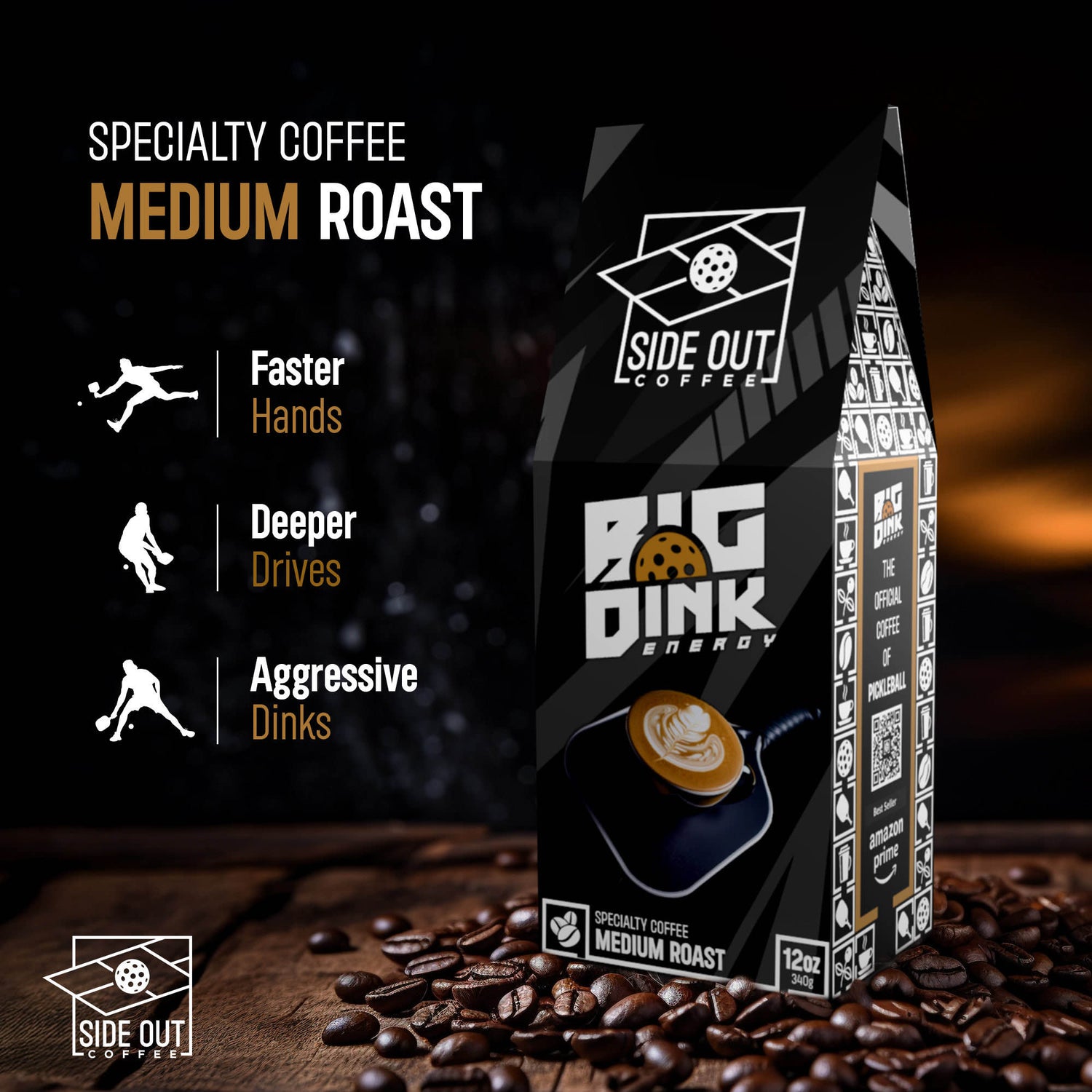
How Paddle Face Material Affects Power and Touch in Pickleball
authorShare
Pickleball is more than just a game; it's an engaging and fun way to stay active. The equipment you choose, particularly the pickleball paddle, plays a crucial role in enhancing your performance on the court. Understanding how different paddle face materials can affect power and touch is key to selecting the right paddle for your style of play. In this article, we'll explore the impact that paddle face materials have on your game.
Article Outline
- Introduction to Paddle Face Materials
- Common Paddle Face Materials
- Impact on Power
- Impact on Touch
- Choosing the Right Material for You
- Conclusion and Recommendations

Introduction to Paddle Face Materials
The material of a pickleball paddle's face is an essential factor that influences how the paddle behaves during play. A paddle's face can affect power, which determines how hard and fast you can hit the ball, and touch, which influences your control and feel of the ball. Different materials bring unique properties to the table, contributing to either enhanced power or superior touch, or a balance of both.
Common Paddle Face Materials
Let's delve into some of the most prevalent materials used in pickleball paddle faces:
- Graphite: Known for its lightweight and reflective properties, graphite paddles offer excellent power and control.
- Fiberglass (Composite): Offers a good balance between power and touch while being slightly heavier than graphite.
- Carbon Fiber: Highly durable and has a premium feel, offering superior touch but may reduce power slightly.
- Wood: Generally inexpensive and durable, but heavier, which might reduce finesse and power.
Impact on Power
The power of a paddle is significantly affected by its face material. Here's how different materials change the dynamics:
- Graphite paddles often provide excellent power due to their lightweight nature, allowing players to swing harder and faster.
- Fiberglass paddles offer moderate power but with better control, suitable for players who need a balance between power and accuracy.
- Carbon Fiber provides controlled power, beneficial for those focusing on precision over raw power.
- Wooden paddles can lack power due to their heavier weight, demanding more physical strength to generate speed.
Impact on Touch
Touch in pickleball refers to the sensitivity and control you have over the ball. Different paddle face materials can influence your touch as follows:

- Graphite faces provide precise touch due to their responsive nature; however, they can be less forgiving on mishits.
- Fiberglass offers a softer touch, allowing for more spin and control, which aids in strategic play.
- Carbon Fiber paddles offer superb touch due to the stiffness and vibration dampening properties, beneficial for soft hits and finesse moves.
- Wood paddles generally lack finesse, offering a basic feel and reduced touch sensitivity.
Choosing the Right Material for You
When it comes to selecting the appropriate paddle face material, consider how you play:
- If you prioritize speed and power, a graphite paddle may be best for you.
- If you're looking for a mix of control and power, fiberglass could be your choice.
- If precision and touch are your main concerns, carbon fiber might suit you best.
- For those on a budget or beginners, wood paddles are a viable stepping stone to get started.
Conclusion and Recommendations
Choosing the right paddle face material can significantly enhance your pickleball performance. By understanding the distinct characteristics of each material, you can make an informed decision tailored to your game style. Whether it’s more power, better touch, or a balance of both, the right paddle will complement your strengths on the court.
As you refine your pickleball skills, don't forget to fuel up with the best! At Side Out Coffee, we roast beans fresh to order and ship nationwide to keep you energized for every match. Visit us at sideoutcoffee.com to learn more about our offerings.




